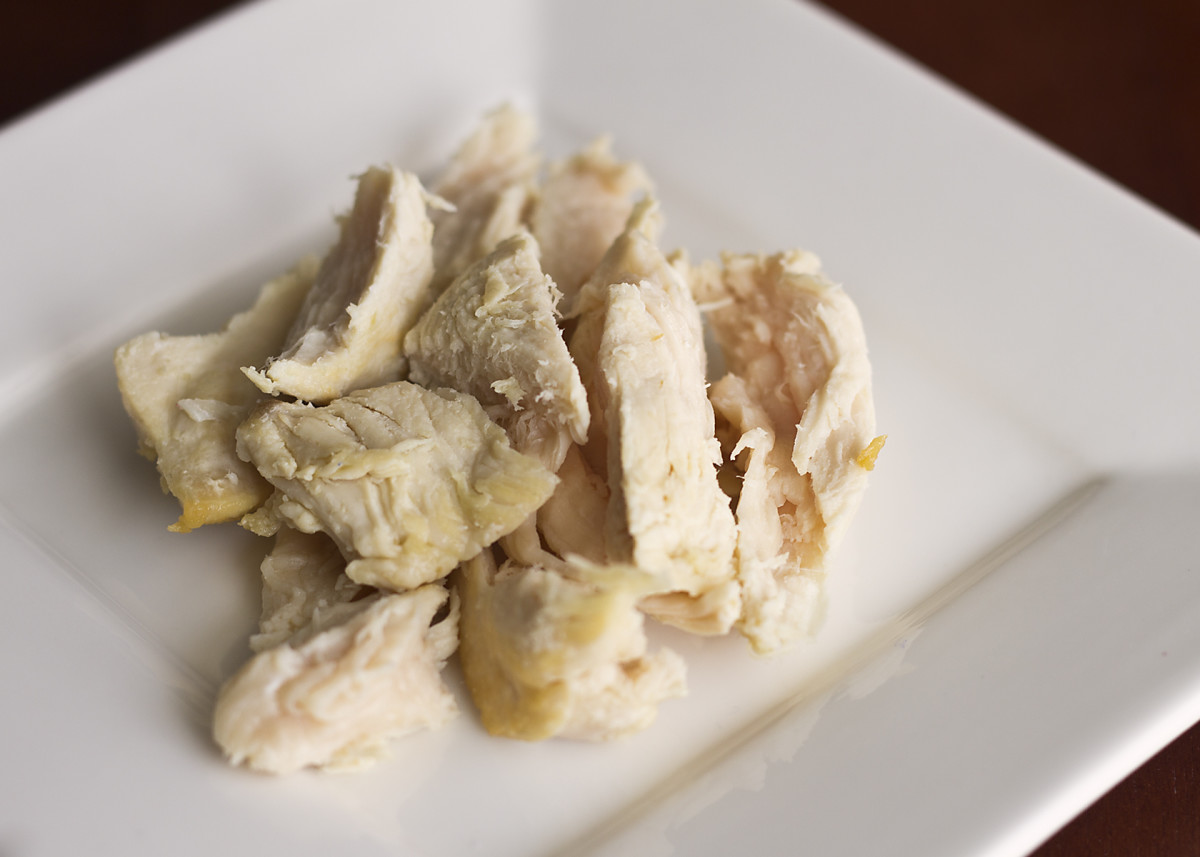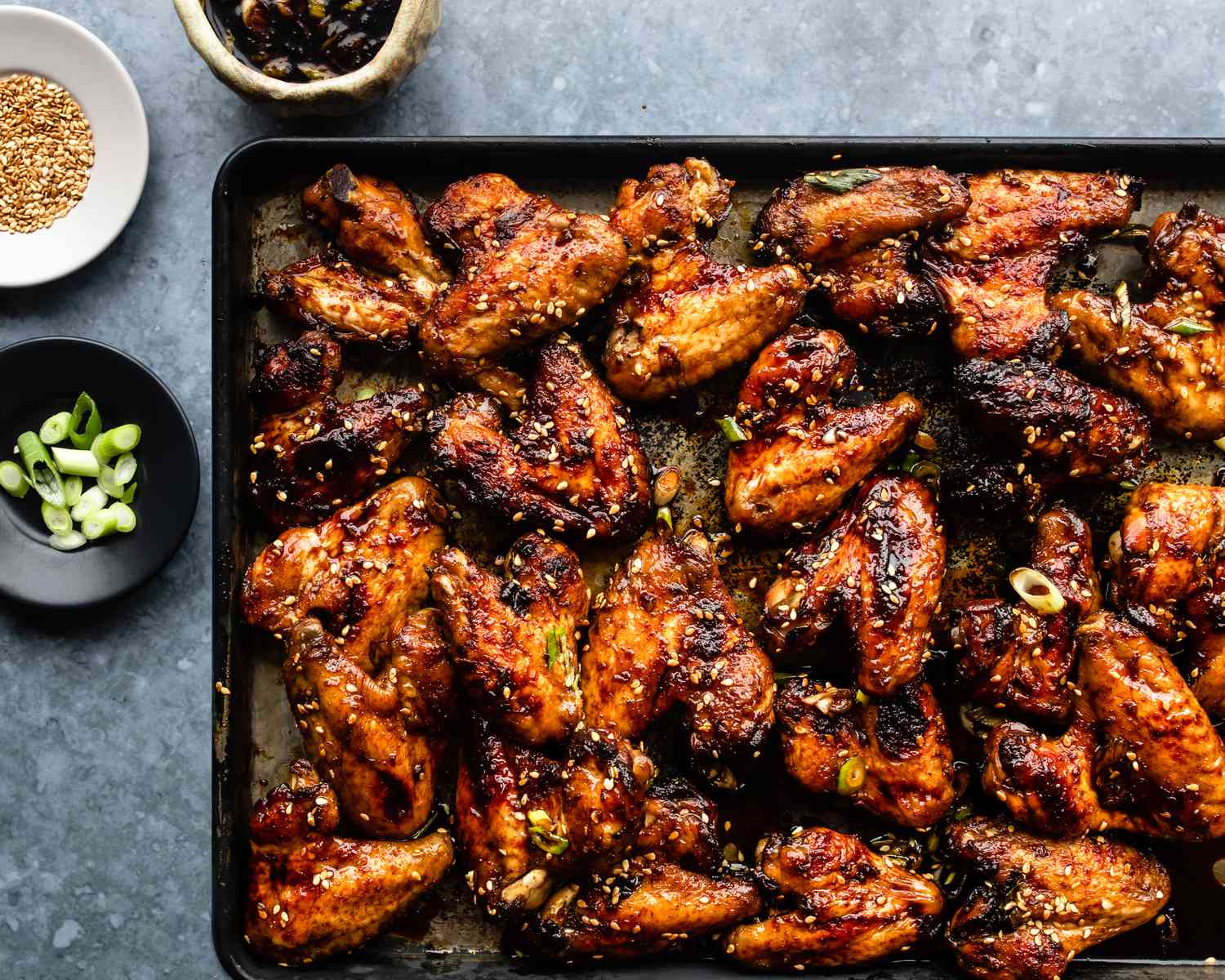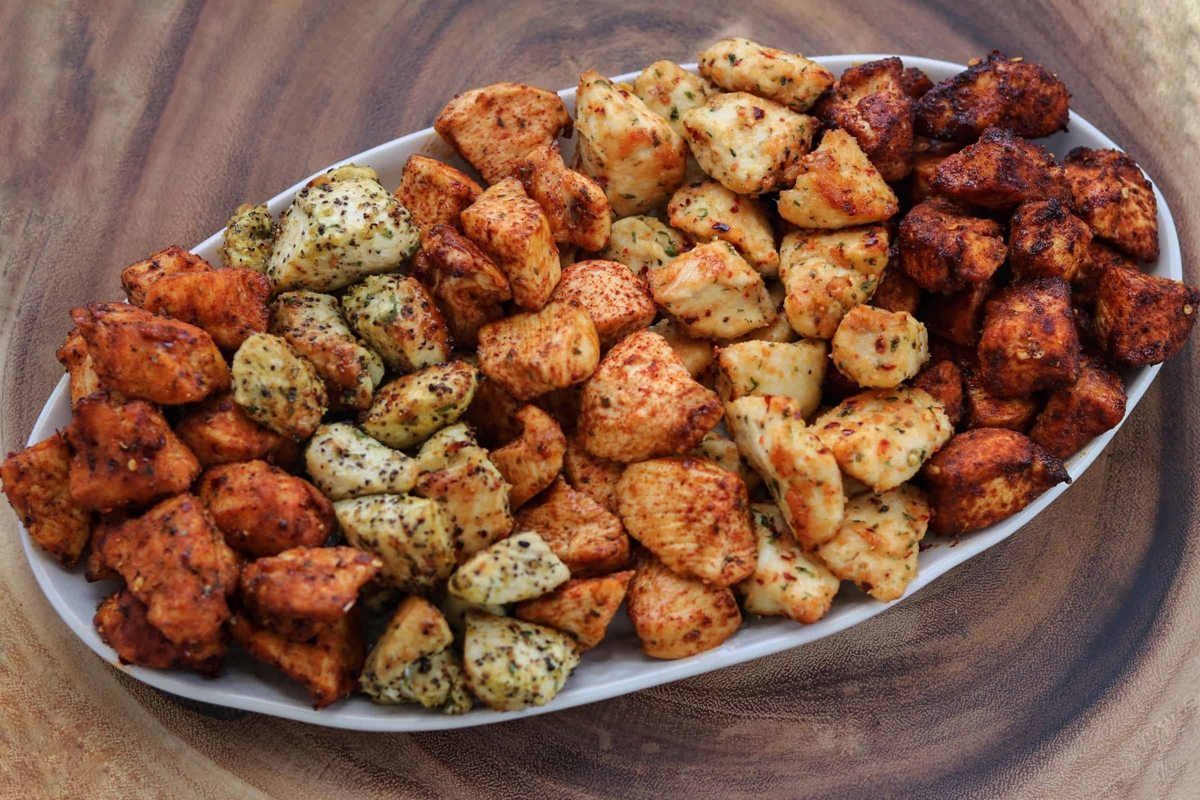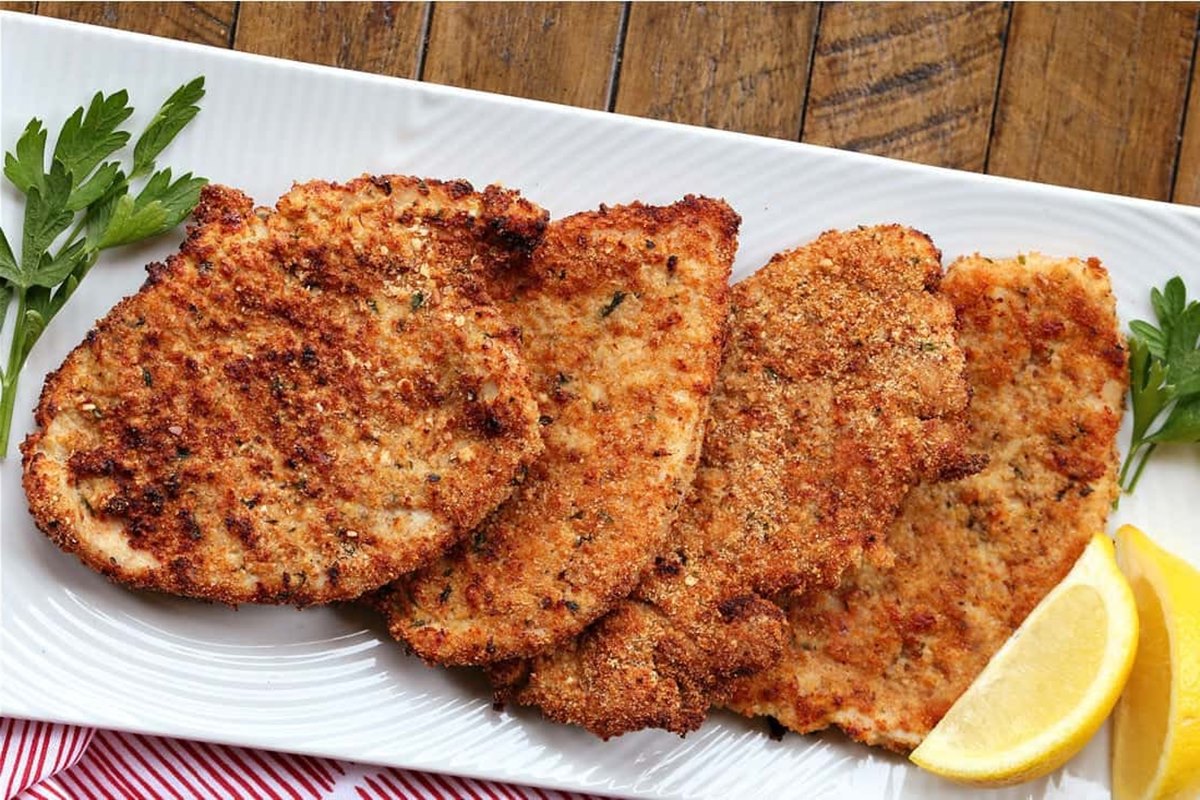Cooking rice without electricity might sound challenging, but it's entirely possible and can be quite simple. Whether you're camping, facing a power outage, or simply looking to reduce your energy usage, several methods exist to prepare this staple food. From using solar cookers that harness the power of the sun to traditional methods like pot-in-pot cooking over a fire, options are plentiful. This guide will walk you through various techniques, ensuring you can enjoy perfectly cooked rice anytime, anywhere. Embrace these age-old practices that not only connect us with nature but also offer a sustainable alternative to electric cooking.
Essential Ingredients for Cooking Rice without Power
- Rice (1 cup, any variety)
- Water (2 cups for white rice, 2.5 cups for brown rice)
- Salt (optional, to taste)
- Insulated container (such as a thermos)
- Heat source (sunlight for solar cooking, fire for pit cooking, or hot stones)
- Cooking vessel (pot or pan if using fire, solar cooker for sunlight)
- Measuring cup
- Stirring spoon
Must-Have Tools for Preparing Rice Sans Electricity
- Solar Cooker
- Thermal Cooker
- Portable Gas Stove
- Charcoal Grill
- Dutch Oven
- Fire Pit with Grill Grate
- Pressure Cooker (for use on a gas stove or fire pit)
Cooking rice without electricity is simple using alternative methods like a gas stove, solar cooker, or even a barbecue grill. Each method requires just a pot, water, and rice.
The Importance of Knowing How to Cook Rice Without Electricity
Cooking rice without electricity is a skill that proves invaluable during power outages or while camping. This method relies on alternative heat sources such as gas stoves, solar cookers, or open fires. Mastering this technique ensures you can enjoy a warm, comforting meal, regardless of your surroundings.
Using non-electric tools for cooking rice not only prepares you for emergencies but also reduces energy consumption, offering a more sustainable way to prepare food. Whether in the great outdoors or seeking to minimize your carbon footprint, this approach aligns with eco-friendly living and self-sufficiency goals.
Your Step-by-Step Guide to Cooking Rice Without Electricity
-
Find a Heat Source: Without electricity, you'll need an alternative heat source. Options include gas stoves, outdoor grills, or campfires. Ensure safety measures are in place before proceeding.
-
Gather Equipment: You'll need a pot with a tight-fitting lid, water, and, of course, rice. A measuring cup can be handy, but isn't strictly necessary if you're familiar with the water-to-rice ratio.
-
Measure Rice and Water: The general rule is to use a 2:1 water-to-rice ratio. For every cup of rice, use two cups of water. Adjustments may be needed based on the rice type.
-
Rinse Rice: Place rice in a bowl and cover with water. Swirl around then drain. Repeat this process 2-3 times until water runs clearer. This step removes excess starch and prevents stickiness.
-
Boil Water: Using your chosen heat source, bring water to a boil in the pot. If using a campfire or grill, ensure the pot is securely placed to prevent accidents.
-
Add Rice: Once water is boiling, add your rinsed rice. Stir once to prevent sticking.
-
Reduce Heat: Lower the heat to the lowest setting if possible. On a campfire or grill, this may mean moving the pot to a cooler part of the grill or edge of the fire.
-
Cover and Simmer: Place the lid on the pot. Let the rice simmer for 18-20 minutes. Avoid lifting the lid during this time to prevent steam from escaping.
-
Check Rice: After 18-20 minutes, check the rice. If all water has been absorbed and rice is tender, it's done. If not, cover and cook for a few more minutes.
-
Remove from Heat: Once rice is cooked, remove the pot from your heat source. Let it sit covered for 5-10 minutes. This allows the rice to steam further and become fluffy.
-
Fluff and Serve: Use a fork to fluff up the rice, breaking any clumps. Your rice is now ready to serve.
This method provides a straightforward way to cook rice without relying on electricity. Whether you're camping, experiencing a power outage, or simply prefer an off-the-grid approach, these steps ensure you can enjoy perfectly cooked rice with minimal equipment and resources.
Mastering the Art of Rice Cooking, Sans Electricity
Cooking rice without electricity isn't just a skill; it's a form of culinary art that harks back to basics, proving you don't need modern gadgets to whip up a staple dish. Whether you're camping under the stars, dealing with a power outage, or simply opting for a more traditional cooking method, these techniques ensure you're never far from a comforting bowl of rice. From the simplicity of solar cookers to the rustic charm of cooking over an open fire, each method offers a unique flavor and experience. Remember, patience is key, and practice makes perfect. So, next time you find yourself without power, don't fret. Embrace the challenge, and you might just discover a new favorite way to cook rice.
For those wishing to cook rice without electricity, several recipes stand out in the guide. Classic Campfire Rice Pilaf is perfect for an outdoor adventure, bringing a rich, smoky flavor to your meal. Solar-Cooked Vegetable Fried Rice is an excellent choice for eco-friendly cooking, utilizing the sun's energy. For a hearty meal, Thermos-Cooked Spanish Rice offers an easy and efficient method to enjoy a classic dish. Clay Pot Chicken and Rice provides a rustic, earthy taste that is hard to beat. Lastly, Campfire Jambalaya combines the bold flavors of Cajun cuisine with the simplicity of campfire cooking. Each recipe not only aligns with the guide but also brings a unique twist to rice cooking without electricity.
Common Questions About Cooking Rice Without Power
Can you really cook rice without electricity?
Sure can! All you need is a bit of ingenuity and alternative heat sources like a gas stove, solar cooker, or even a campfire. These methods have been around way before the electric rice cooker ever made its debut.
What's the best way to cook rice on a campfire?
Cooking rice over a campfire is like taking a walk on the wild side. First, grab a pot and fill it with water and rice (remember, the magic ratio is 2:1, water to rice). Cover it, then place it on a grill over the campfire. Keep an eye on it and give it a stir now and then. In about 18-20 minutes, you'll have perfectly cooked rice. Just make sure the fire's not too wild, or you might end up with charred rice.
Is a solar cooker effective for cooking rice?
Absolutely! A solar cooker uses the sun's rays, making it a fantastic, eco-friendly option. Just prepare your rice as usual, pop it in the solar cooker, and let the sun do its thing. Depending on the sunshine, your rice could be ready in 30 minutes to a couple of hours. Patience is key here, but hey, you're saving on electricity!
Can I use a gas stove if I don't have an electric cooker?
Definitely! A gas stove is a great alternative. Just use a regular pot, follow the usual water-to-rice ratio, and keep the flame on low to medium. Remember to check on it occasionally to prevent sticking. In about 20 minutes, you'll have fluffy rice ready to enjoy.
What's the trick to keeping rice from sticking to the pot?
The secret's in the simmer. Whether you're using a campfire, solar cooker, or gas stove, make sure to keep the rice at a gentle simmer and avoid stirring too much. A tight-fitting lid also helps steam the rice evenly, reducing the chances of it sticking to the bottom.
How do I measure the correct water-to-rice ratio without a measuring cup?
Old-school tricks to the rescue! Use your finger as a guide. Place your rice in the pot, then add water until it reaches about one knuckle's height above the rice. This method might need a bit of practice, but once you've got it down, you'll nail the perfect consistency every time.
Any tips for flavoring rice cooked without electricity?
Spice it up or keep it simple. Adding a pinch of salt, a bay leaf, or a cinnamon stick to the water before cooking can infuse your rice with subtle flavors. For something more adventurous, cook your rice in broth instead of water and throw in some herbs or spices. Get creative and experiment with flavors you love.
Was this page helpful?
Read Next: How To Cook Chicken Without Flour











